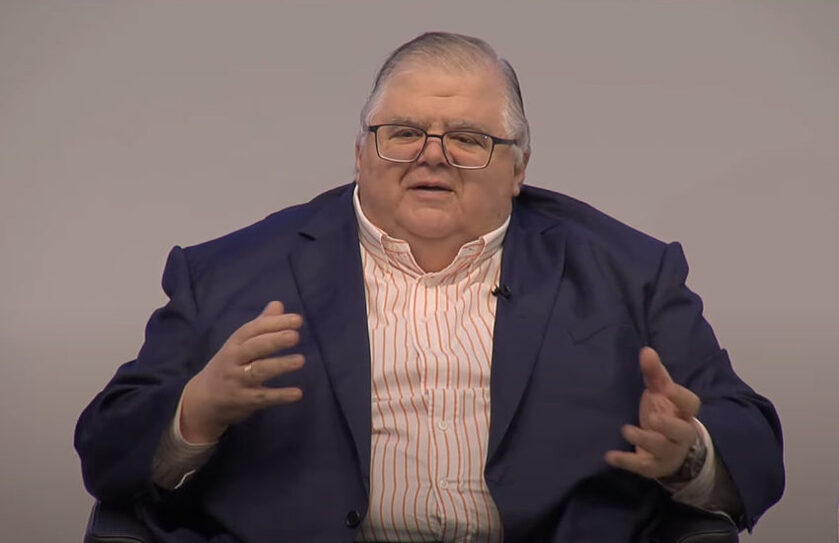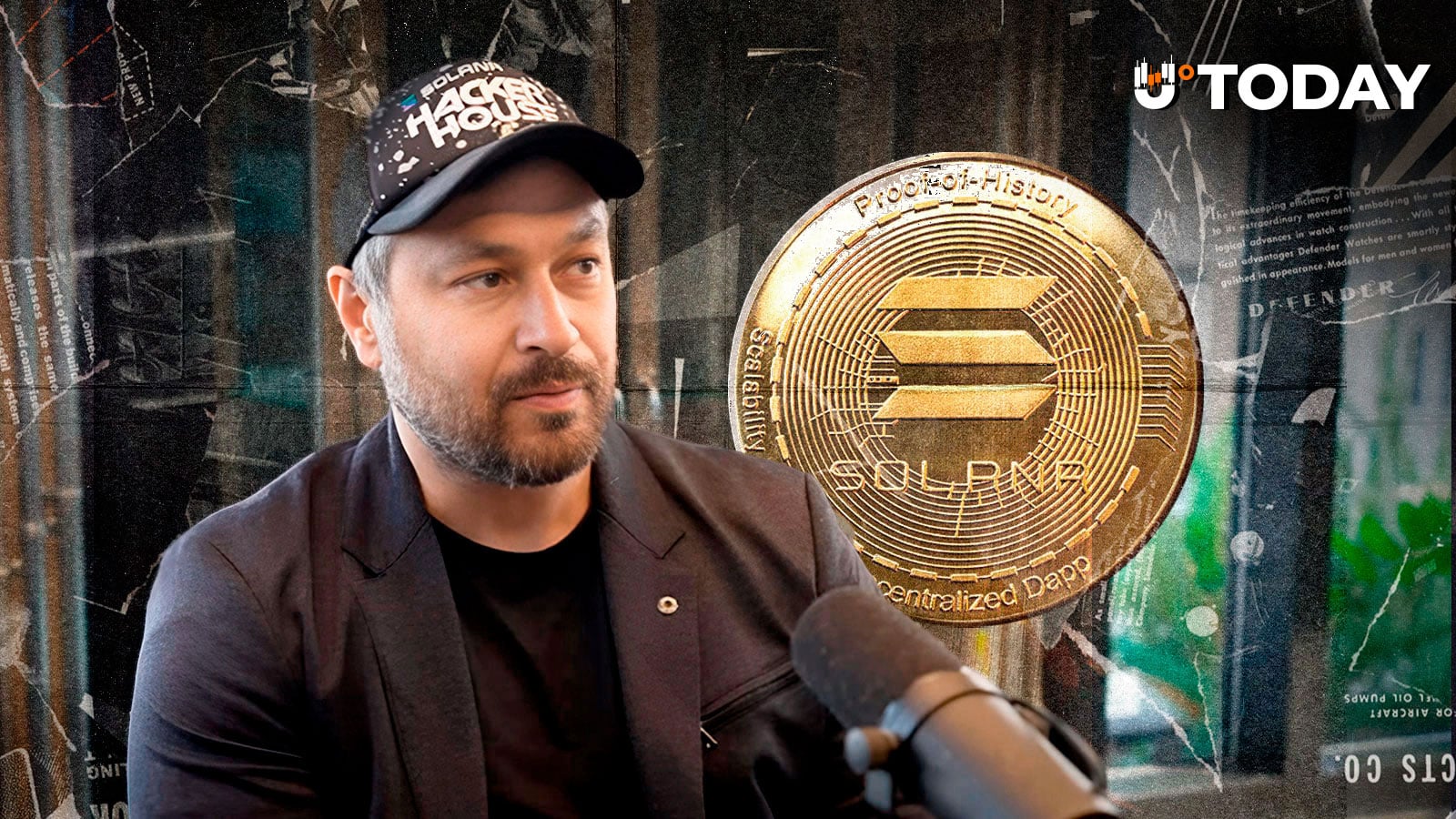During today’s BIS Innovation Summit, BIS General Manager Agustín Carstens elaborated on the concepts of the Finternet and the Unified Ledger. The latter came first, a big vision to rewire the financial system using tokenization and programmable assets, whether that’s central bank money, tokenized deposits, or tokenized assets such as real estate.
While the Unified Ledger represents the wholesale finance vision, it doesn’t appeal much to the average person. After a chat with his friend Nandan Nilekani, the co-founder of Infosys, they expanded that concept to a user-centric Finternet. In this vision of the future of finance, the individual has tremendous financial choices without frictions and high costs.
Mr Carstens again spoke of his time as Governor of the Bank of Mexico, which used a DC9 airplane to distribute cash. Every year the maintenance costs were significant. Eventually he concluded that they needed to ditch the 40 year old DC9 and get a new plane, resulting in massive cost savings. Likewise he argues that minor tweaks to legacy financial systems can only get you so far and can hold back innovation. At some point there’s a need to take a big leap. This was the topic of his opening keynote.
India’s influence on the Finternet
Meanwhile, Mr Nilekani, the co-author of the Fnternet paper, also led the government body that launched India’s digital identity framework Aadhaar, which was a massive success and is approaching 1.4 billion issuances. Mr Nilekani’s colleague Siddharth Shetty spoke today about how Aadhaar allowed India to leapfrog financial inclusion by roughly four decades. Before the launch of Aadhaar in 2008, around a quarter of adults had a transaction account, compared to 80% today.
A widely known feature of Aadhaar is its relative simplicity. Traditional identity systems collect 40 to 50 attributes, but Aadhaar requires four: name, address, date of birth, and sex. It additionally requires biometrics and documents.
Mr Shetty’s team is fleshing out the thinking behind the Finternet, which will be heavily influenced by three major Indian projects – Aadhaar, the faster payments network UPI and a new open banking project, Account Aggregator.
One of the learning experiences from UPI was that it leverages existing infrastructure from central and commercial banking. Initially it was only possible to transfer money from one bank account to another. However, with the subsequent addition of third party fintechs, the number of supporting merchants increased tenfold, and the instruments expanded to credit cards and wallets . Most of these third parties are unregulated because the money flows through the regulated providers. Perhaps this is a hint that while the Unified Ledger might start with regulated banks, fintechs will follow.
Three U’s : User, Unify and Universality
Mr Carstens quipped that Mr Nilekani asked Mr Shetty to estimate how long it would take to implement the Finternet concept and he said three months, a little optimistically.
Mr Shetty outlined the mental models behind the Finternet. First, it is user centric. “Many times we design systems putting providers at the center rather than users, and that makes a big difference in terms of adoption,” said Mr Shetty.
Second, the architecture needs to unify diverse asset classes, sectors, and countries. In addition, it needs to support different adoption rates among sectors and countries.
This leads to the third point, the need for universality – the technology has to be universal.
Custodians as gatekeepers
Following on from this, across various asset classes, there is a role that is more or less universal – that of the custodian, although the terminology differs across industries. You might think of a commercial bank as a custodian of your money.
In Mr Shetty’s vision, custodians can act as token managers, issuing or canceling tokens. We’ve previously noted that the BIS may not plan to use blockchain. This may be reinforced by the mention of issuing and canceling tokens rather than the terms ‘mint’ and ‘burn’ typical of blockchain. However, for adoption purposes, less jargon is always better.
When custodians issue tokens they will embed the local rules for that asset. The need to be able to de-tokenize will be important in the early days. That’s much like when things were first digitized, people often wanted to keep a physical copy. In the early days of the internet many people were accustomed to paper memos and printed out their emails!
Other key players alongside custodians will be attestors, guarantors and verifiers to create ‘proof chains’.
Three traps to avoid
Mr Shetty also outlined three pitfalls worth avoiding. One is the trap of centralization. Not everyone will use the same ledger. Second is the trap of synchronization. People will adopt new technologies at different rates and that needs to be supported. And third is the trap of over-standardization. In other words, target the most minimal standards. One example is the TCP IP protocol that underpins the internet as we know it. There needs to be scope for standards across different sectors and countries but with a mechanism to enable discoverability.
This last point is one of the trickiest. We’d observe that in the private sector there’s a tendency for the dominant leaders tend to heavily influence which standards are popular. In the public sector there’s currently much talk of regulatory harmonization. It’s happening in some areas but not in others. One example is stablecoins, where there is some commonality but sufficient differences to encourage regulatory arbitrage.
Listening to the Indian influence on the Unified Ledger concept, we’d note that another central bank has also had recent success in this area – Brazil and its Pix payments system used by 80% of the adult population within 2.5 years of launch. Brazil is already far advanced in developing its equivalent of a Unified Ledger, DREX. One thing both have in common is user-centricity. That’s what made DREX so distinct from other central bank tokenization projects. For Brazil, DREX is its core open banking initiative.




























